I recently became aware of an odd behavior of TI-Basic that allows the programmer to store a formula into a list variable. I've become quite familiar with TI-Basic over the years and have examined samples of code from sources such as TI-Basic Developer Forum, This StackOverflow tag and a Subreddit devoted to TI-Basic without finding anything other than acknowledgement of its existence .
The syntax to create this behavior is simple:
<String>→<List>
where <String> represents any string , literal or variable. Experimentation has shown that this String must evaluate to a list. <List> represents a list variable. Using a list literal will result in ERR:SYNTAX.
To help with understanding what I am describing, here are some examples using actual code:
"X+2→L₁
"2L₁→L₂
Both example will run initially; however, if I try to access L₁ in the first example, I get ERR:DATA TYPE. Accessing L₂ will return two times the current value of L₁.
As this question has so far been a description of this behavior without a direct question, I will conclude by enumeration some specific questions that responses could answer.
- Have I correctly stated the syntax of this behavior?
- What are some possible use cases for this behavior?
- Where can I find official documentation of this behavior?
These are just recommendations for what an answer could include. I will be happy to accept a well rounded and general analysis of this behavior.


